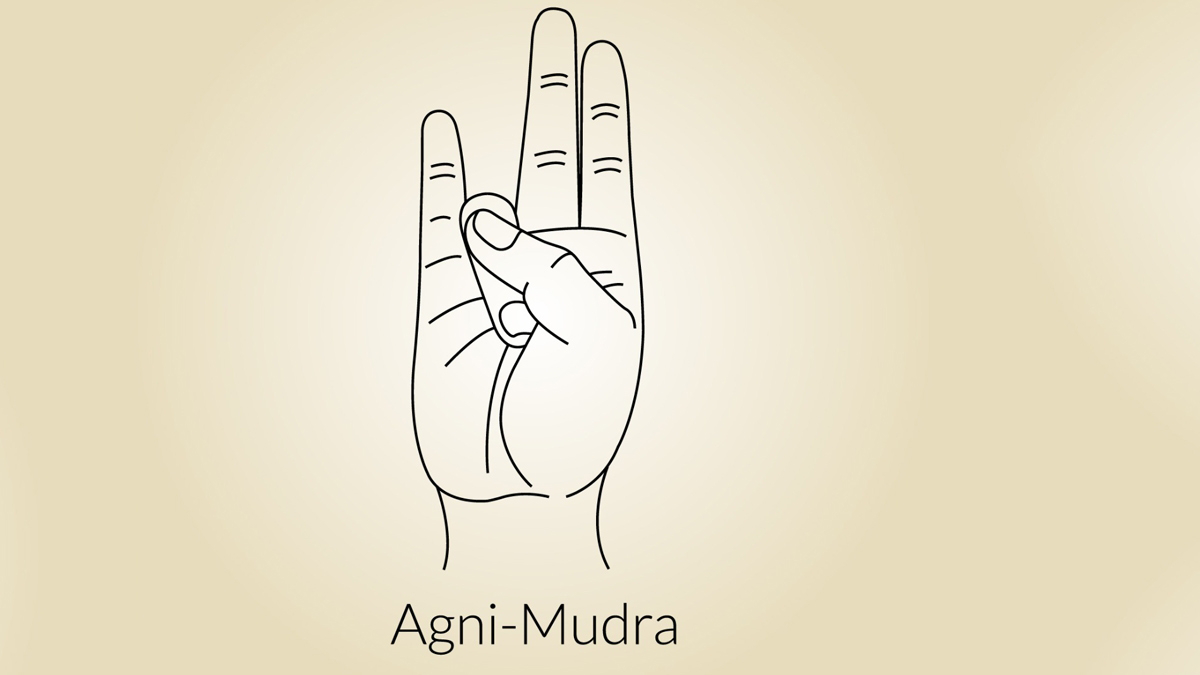Balancing Kapha Dosha Through Asanas: A Comprehensive Guide
- Get link
- X
- Other Apps
Ayurveda, the ancient system of holistic medicine from India, recognizes three primary doshas: Vata, Pitta, and Kapha. These doshas represent different combinations of the five elements (earth, water, fire, air, and ether) and play a crucial role in determining an individual's physical, mental, and emotional constitution. Kapha dosha is primarily associated with the elements of earth and water, and it governs qualities such as stability, heaviness, and moisture. When Kapha dosha is in balance, it results in a person who is nurturing, strong, and reliable. However, an excess of Kapha can lead to a range of issues, including lethargy, weight gain, and emotional stagnation. One way to balance Kapha dosha is through the practice of specific yoga asanas. In this blog, we will explore the characteristics of Kapha dosha, the signs of imbalance, and how to balance it through yoga.
Understanding Kapha Dosha:
Kapha dosha is characterized by qualities like heaviness, coldness, slowness, stability, and lubrication. Individuals with a predominant Kapha constitution tend to have strong, well-built bodies, with a natural tendency towards endurance and calmness. Kapha also plays a vital role in maintaining the body's structural integrity and provides lubrication to joints, skin, and various tissues. When Kapha is in balance, it results in a person who is nurturing, loving, and compassionate.
However, when Kapha dosha becomes excessive, it can lead to several physical and emotional imbalances. These may include:
1. Weight Gain: Excess Kapha often leads to weight gain, as it causes a slow metabolism and an increased tendency to accumulate fat.
2. Lethargy: People with an imbalanced Kapha dosha often feel sluggish and lack energy. They may find it challenging to motivate themselves.
3. Respiratory Issues: Kapha imbalances can result in respiratory problems, such as allergies, asthma, and congestion.
4. Emotional Stagnation: Imbalanced Kapha can lead to feelings of depression, lethargy, and resistance to change.
Balancing Kapha Dosha with Asanas:
Yoga is a powerful tool to balance Kapha dosha and restore harmony to the mind and body. Specific asanas (postures) can help alleviate the symptoms associated with excessive Kapha. These postures aim to invigorate and stimulate the body, creating heat and energy. Here are some yoga asanas that are particularly effective in balancing Kapha dosha:
1. Sun Salutations (Surya Namaskar): This dynamic sequence of postures warms up the body, improves circulation, and invigorates the mind. It's an excellent way to combat Kapha's natural tendency towards lethargy.
2. Warrior Poses (Virabhadrasana I, II, and III): These powerful standing poses build strength, stability, and focus. They also help with weight management and instill a sense of determination and confidence.
3. Backbends (Bhujangasana, Ustrasana): Backbends open the chest and heart, counteracting feelings of stagnation and depression that can be associated with imbalanced Kapha. They also enhance energy and vitality.
4. Twists (Ardha Matsyendrasana, Bharadvajasana): Twisting poses wring out toxins and stagnation from the digestive system, helping to alleviate Kapha-related issues like congestion and sluggishness.
5. Heating Pranayama (Breathing Techniques): Practices like Kapalabhati and Bhastrika generate internal heat and stimulate the respiratory system, addressing Kapha's propensity for respiratory issues.
6. Inversions (Headstand, Shoulderstand): Inversions help improve blood circulation, reduce lethargy, and enhance mental clarity, countering Kapha's tendency to become mentally foggy.
7. Agni Sara: This practice involves contracting and releasing the abdominal muscles rhythmically to stimulate the digestive fire (Agni) and improve metabolism.
It's important to practice these asanas and pranayama techniques regularly and mindfully. As with any exercise program, it's crucial to start gradually and seek guidance from a qualified yoga instructor if you're new to yoga or have any existing health concerns.
In addition to asana practice, maintaining a balanced diet with warm, spicy, and light foods can help balance Kapha dosha. Regular self-massage (abhyanga) with warming oils like sesame or mustard oil can also be beneficial.
In conclusion, Kapha dosha, when in balance, contributes to stability and strength in an individual. However, when it becomes excessive, it can lead to physical and emotional imbalances. Yoga offers a valuable tool to balance Kapha dosha by invigorating the body, improving circulation, and promoting mental clarity. Regular practice of the recommended asanas and pranayama, along with a balanced diet, can help individuals maintain their natural state of health and vitality.
- Get link
- X
- Other Apps



Comments
Post a Comment